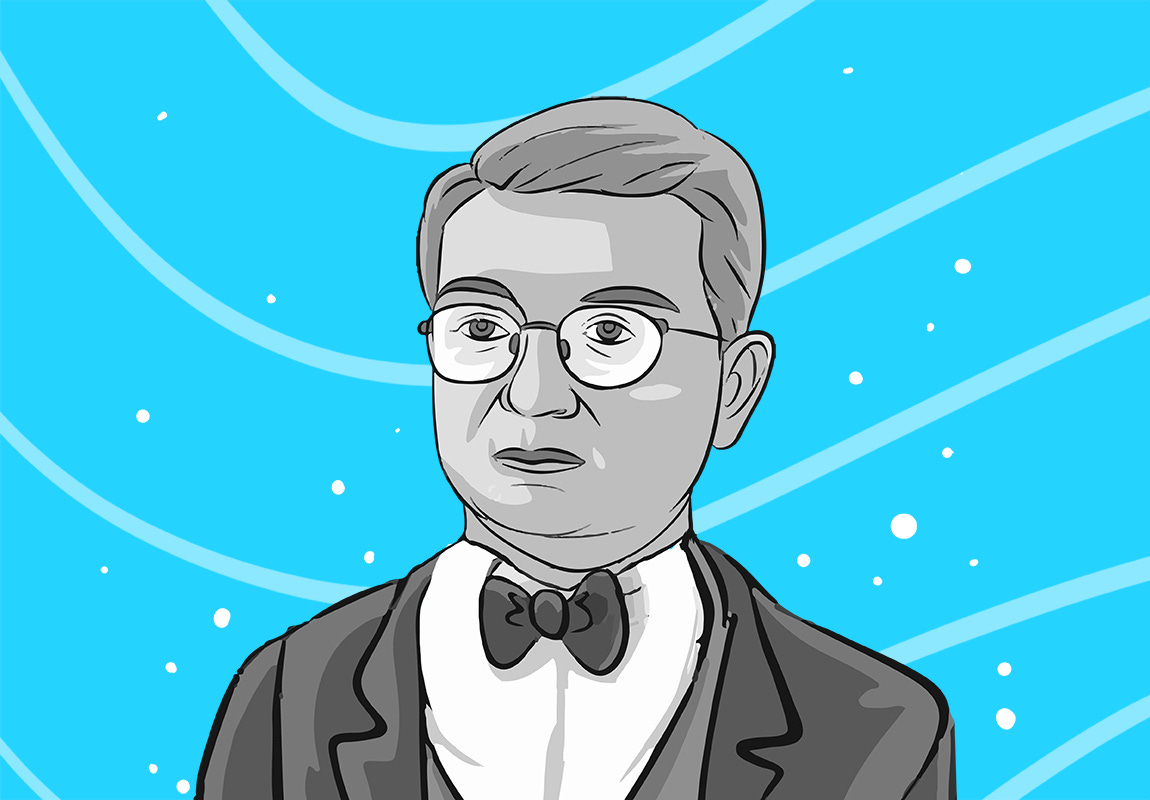Harold C. Urey: The Discoverer of Deuterium
Harold Clayton Urey was born on April 29, 1893, in Walkerton, Indiana, to Rev. Samuel Clayton Urey and Cora Rebecca Reinoehl. After completing his early education in rural schools, Urey earned his graduation in 1911. He taught for three years in country schools before entering the University of Montana in 1914, receiving his Bachelor of Science in Zoology in 1917. Later he spent two years as a research chemist before returning to Montana as an instructor in Chemistry. In 1921, he enrolled at the University of California to work under Professor Lewis, and he received his PhD in Chemistry in 1923.
As an American-Scandinavian Foundation Fellow to Denmark, he spent the following year in Copenhagen at Professor Niels Bohr's Institute for Theoretical Physics. When he returned to the United States, he accepted an Associate in Chemistry position at Johns Hopkins University. He was appointed Associate Professor of Chemistry at Columbia University in 1929 and promoted to Professor in 1934. From 1940 to 1945, he was also the Director of War Research at Columbia University's Atomic Bomb Project. In 1945, he became a Distinguished Service Professor of Chemistry at the University of Chicago, and in 1952, he was named Martin A. Ryerson Professor. During 1956-1957, he was a Visiting Professor at the University of Oxford, and in 1958, he began his current position as Professor-at-Large at the University of California.
Professor Urey's early research focused on the entropy of diatomic gases, atomic structure, absorption spectra, and molecular structure. In 1931, he created a method for fractional distillation of liquid hydrogen to concentrate any probable heavy hydrogen isotopes, which led to the discovery of deuterium. He developed the electrolytic method for separating hydrogen isotopes with the late Dr E.W. Washburn. He researched their properties extensively, particularly the vapour pressure of hydrogen and deuterium and the equilibrium constants of exchange reactions. Later, he worked on the separation of uranium isotopes. He was also interested in paleotemperature measurements, inquiries into the genesis of planets, and the chemical difficulties of the earth's origin.
Urey is the author of the books Atoms, Molecules and The Planets. In addition, he co-authored Quanta, which was published in 1930, with A.E. Ruark. He was the editor of the Journal of Chemical Physics from 1933 to 1940. Urey published numerous papers on the structure of atoms and molecules, the discovery of heavy hydrogen and its properties, isotope separation, paleotemperature measurement, and the genesis of planets. For the discovery of deuterium, Urey received the Nobel Prize in Chemistry in 1934 and the Willard Gibbs Medal from the American Chemical Society's Chicago Section.
Urey was passionately concerned about his fellow humans and saw the United States' fundamental issue as "the right education and inspiration of our children." In addition, he was a political activist, serving as a science advisor to the Democratic Party and President-elect John F. Kennedy. In 1964, he was awarded the National Medal of Science by the United States. Urey suffered from parkinsonism and heart problems after retiring in 1970 and died on January 5, 1981.


